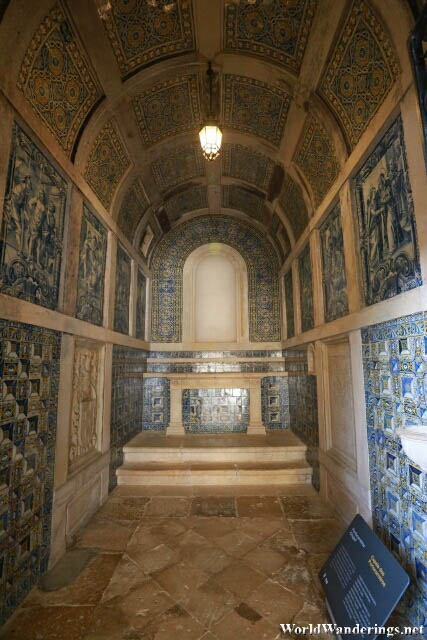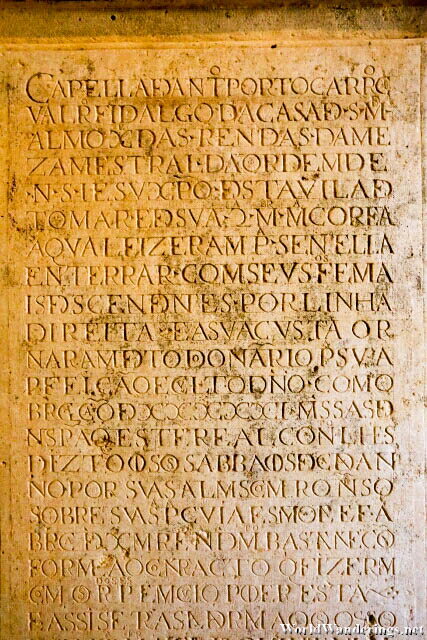I have seen various designs during my trip to Portugal. I have been exposed to the Manueline style which a very elaborate style of archictures usually seen in arches, doors and windows. But that wasn’t the only design which struck me. There is the use of tiles in Portuguese architecture. These tiles are called azulejo. I thought that the name was Spanish because of the blue (azul) color of the tiles however it seems to be Arabic in origin. Tiles are a very convenient way to make design more modular. Think is as making a lot of smaller components like these where the would be used in bulk to form a larger design.
The idea behind tiles is certainly very appealing. The designer would only make a small tile one at a time but repeatedly. Users can then stick them to the wall however they want. The first tiles that I saw in Portugal were along the walls of churches. These were typically colored blue with white background which I thought was a color which wasn’t very suitable to these places. See, if they use a lot of them inside a room, it ends up looking like a modern day toilet, which probably wasn’t the intention. The use of tiles can be nice as can be see in the Convento de Cristo as long as they don’t use too many of those blue on white ones.
[xmlgm {http://www.worldwanderings.net/kml/ConventodeCristo.kmz} zoom=19]

